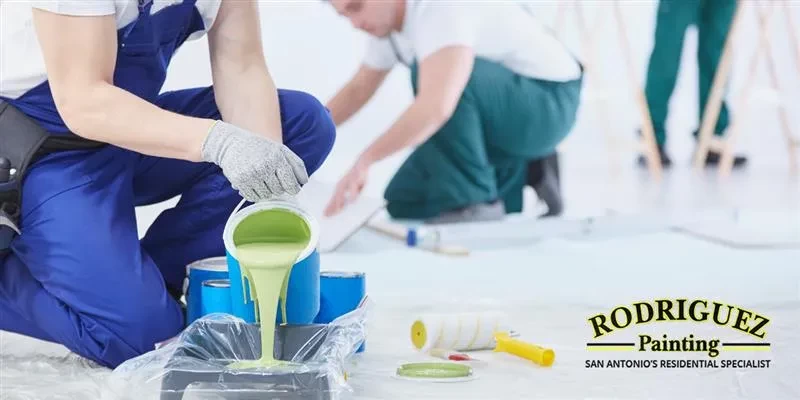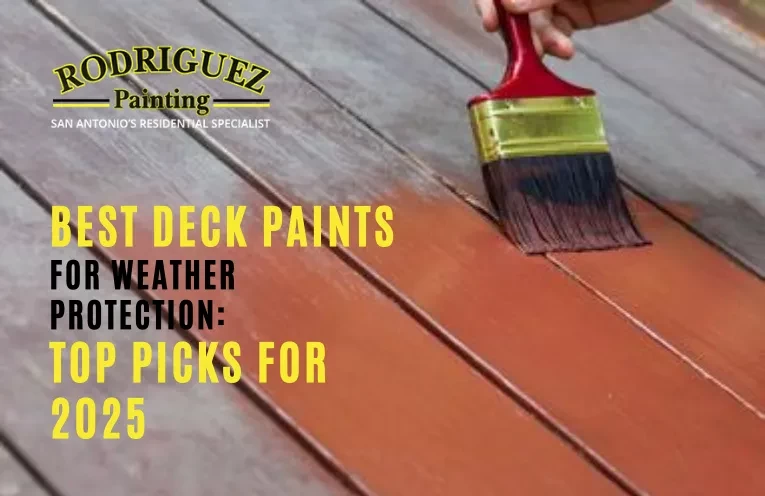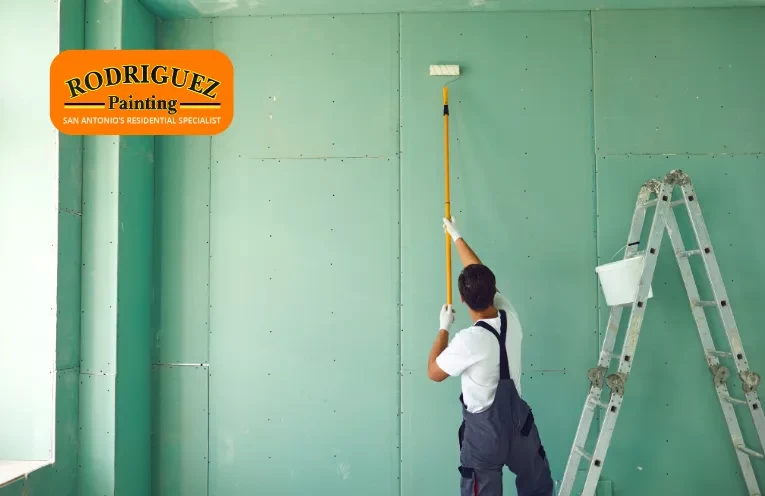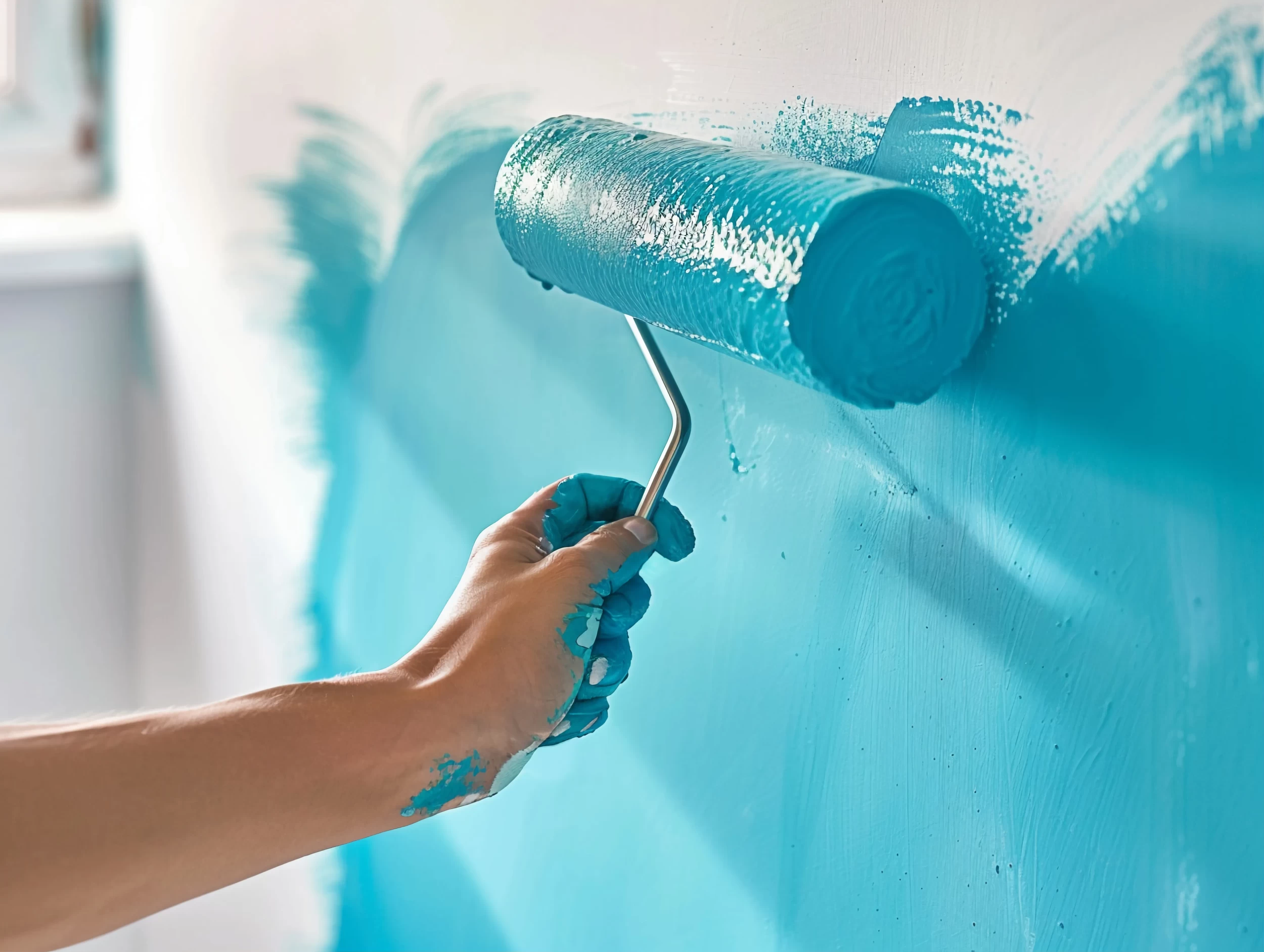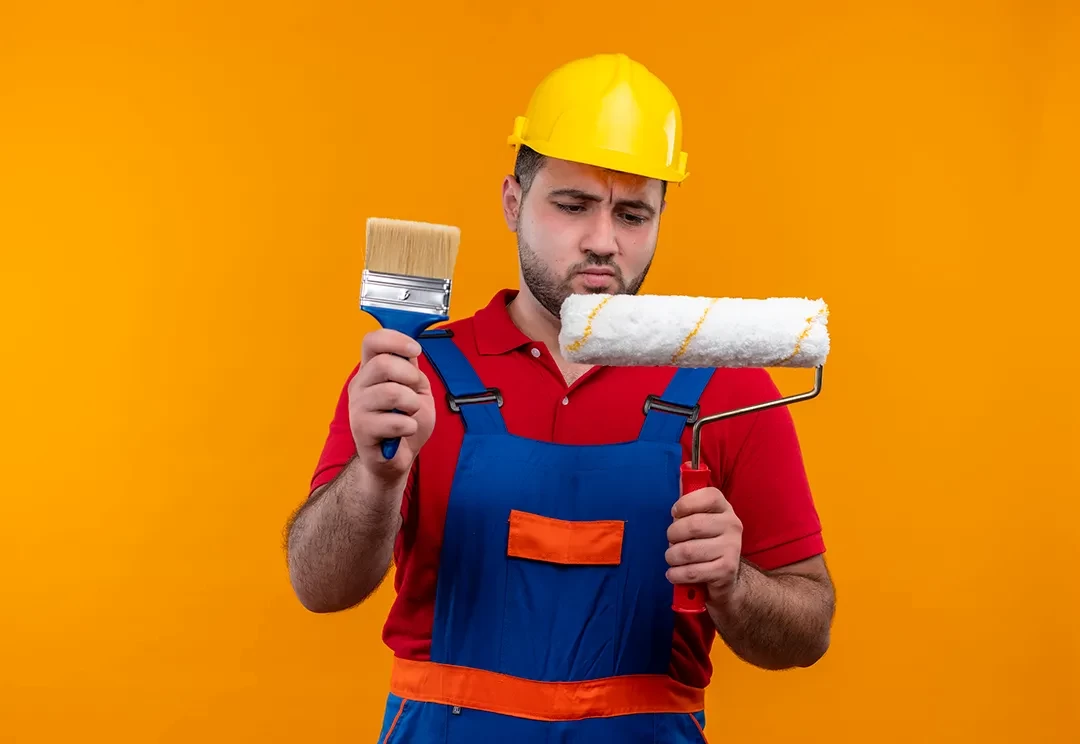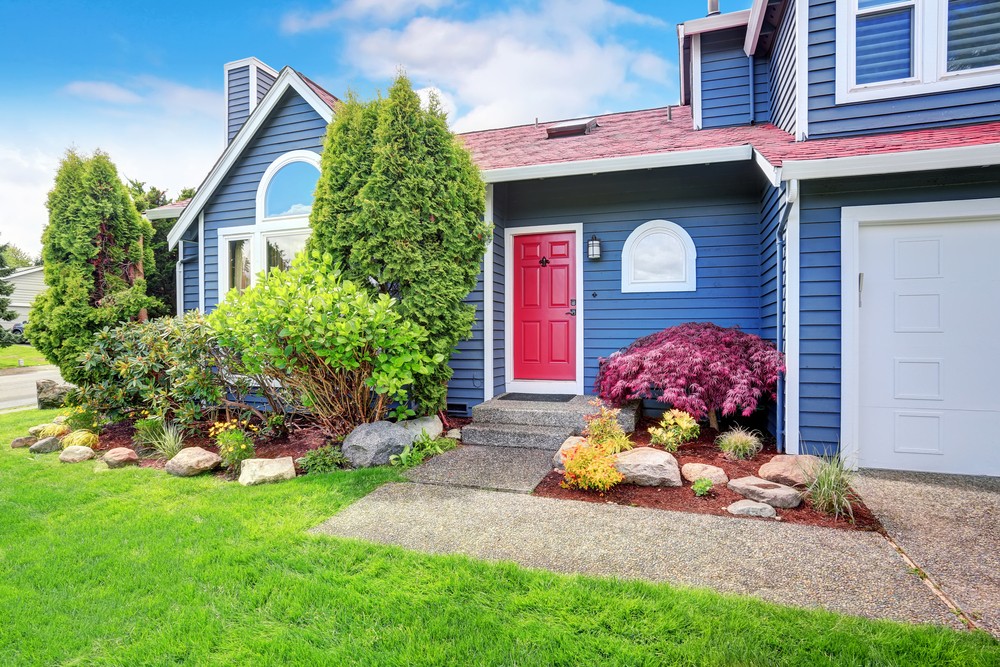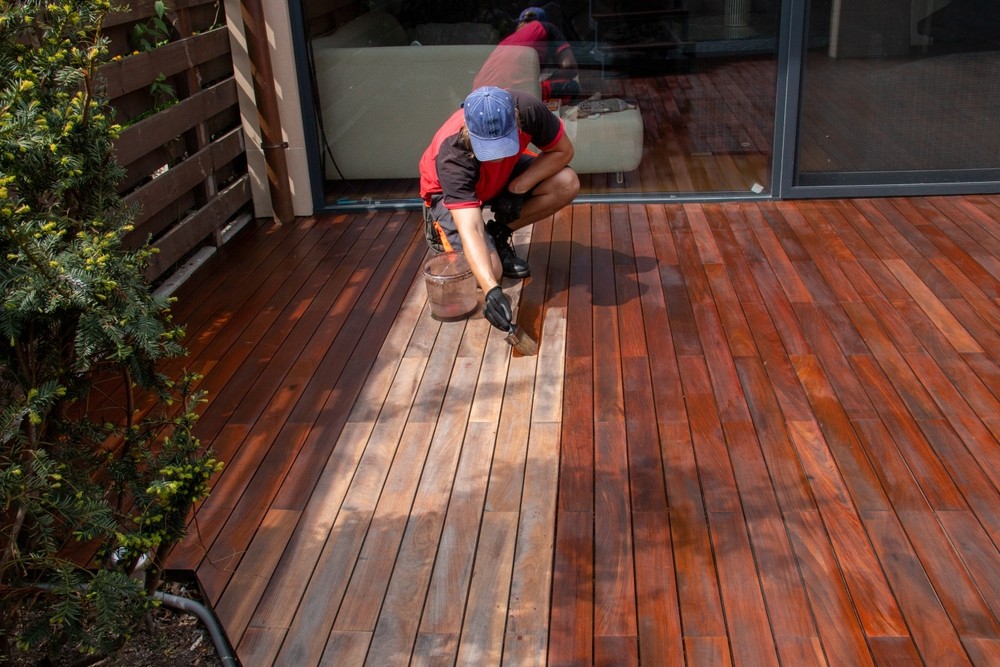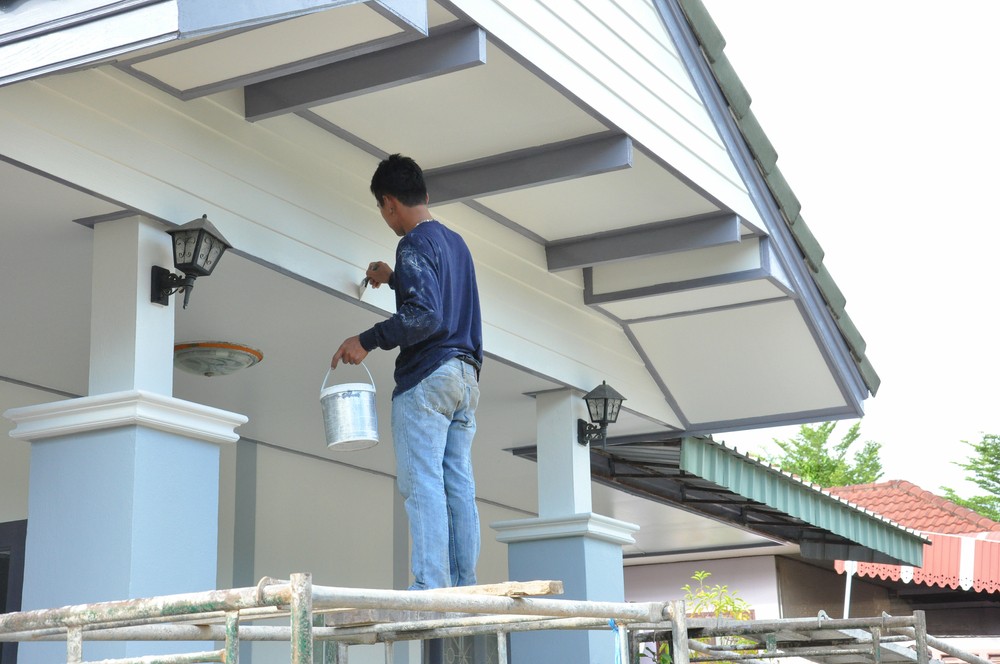
Table of Contents:
- 1. Introduction
- 2. Preparation is Key
- 3. Choosing the Right Paint and Tools
- 4. Painting Techniques for Large Decks
- 5. Finishing Touches
- 6. Pros and Cons of Painting a Large Deck
- 7. Conclusion
- 8. Frequently Asked Questions (FAQs)
Summary:
The best house painters in San Antonio share the tips and tricks in this guide. It has tips for painting a large deck. The guide covers key prep steps, paint and equipment, and efficient methods. To ensure long-lasting results, it also offers sealing and maintenance. It answers common questions about deck painting.
Painting a large deck may seem difficult. But, with the right plan and tips from San Antonio's top house painters, you can get a perfect finish. This guide will help you keep your deck looking great for years. It covers planning and execution. Our skilled house painters in San Antonio have years of experience. They have been providing deck painting services with great results.
This guide will share our knowledge and advice. It will help your deck painting go smoothly. We'll cover everything. That includes preparing well, choosing the best supplies, and the best painting methods. Now let's delve into the realm of professional deck painting.
2. Preparation is Key
To get a great finish on a large deck, prepare it well before using a brush or roller. The following are the crucial actions to take:
2.1. Inspect and Repair
Look carefully for any signs of harm to your deck, like free nails, rotting sheets, or breaks. To guarantee a steady and level surface for painting, fix any problems you discover. It's best to replace broken boards or secure loose parts. This will avoid later problems and ensure a smooth painting process.
2.2. Clean Thoroughly
Dirt, rottenness, and mildew can harm paint adhesion. They may cause early failure. To clean the surface, utilize a deck cleaner or a warm water and light detergent solution. Use a power washer (with caution) or specialized cleaner for tough stains or mildew. Make sure the deck is totally dry before moving on to the following phase.
2.3. Sand and Prime
Sanding the deck's surface will help a level and smooth surface for the paint to stick to. Gently roughen the surface with sandpaper or an orbital sander. This will remove any loose or flaking paint. After sanding, coat the wood with a top-notch exterior primer. Priming improves paint adherence.
3. Choosing the Right Paint and Tools
The type of supplies and equipment you use can greatly affect your deck painting results.
3.1. Paint Selection
Use a high-quality, weatherproof paint for wood surfaces when painting a large deck.Search for paints with a high level of toughness, moisture resistance, and UV protection. Semi-gloss or silk completes are well-known for decks. They are easier to clean than flat finishes and have a modest sheen.
3.2. Rollers and Brushes
Invest in high-grade rollers and brushes to achieve a uniform and smooth application. Use a high-density roller cover intended for outdoor use in larger areas. Use trim or angled brushes for hard-to-reach areas, like corners and railings. Good equipment will simplify painting. It will also help achieve a clean finish.
3.3. Additional Tools
To handle a huge deck, you might need more tools besides brushes and rollers. A strong step ladder or scaffolding can guarantee safe access to high areas. Coverings, drop cloths, and painter's tape can safeguard surfaces from spills and splatters.
4. Painting Techniques for Large Decks
For an even and uniform finish on a large deck, using the right painting techniques is essential. Here are some professional advice to heed:
4.1. Work in Sections
Sort your deck into small, doable chunks and focus on one at a time. This method will ensure a smooth, even application. It will also keep you from walking on freshly painted surfaces.
4.2. Go With the Flow
It's crucial to paint wood surfaces in the direction that the wood grain is orientated. This will improve the finish and enhance the wood's beauty.
4.3. Appropriate Utilization
Working your way from one end of the piece to the other, apply the paint in thin, even applications. For corners, railings, and edges, use a brush; for larger flat surfaces, use a roller. Maintaining a wet edge can help to avoid lap marks and guarantee a smooth finish.
5. Finishing Touches
After the painting is done, it's vital to preserve it. This will ensure its permanence.
5.1. Sealing and Protection
Think about covering the painted surface with a clear sealant or protective coating. These treatments extend your deck's life. They add protection against UV rays, moisture, and wear.
5.2. Cleanup and Maintenance
To keep your painted deck looking beautiful, proper cleanup is necessary. Remove and discard all tarps, drop fabrics, and painter's tape. To keep up with your deck clear of dirt and trash, clear it habitually or give it a decent hose-down. To save your deck's color, reapply a sealant and clean it with a mild detergent.
Pros and Cons
|
Pros |
Cons |
|
Enhances the aesthetic appeal of your outdoor living space |
May be time-consuming, especially for larger decks |
|
Protects the wood from weather damage and UV rays |
|
|
Allows for color customization to suit your preferences |
8. Conclusion
Painting a large deck can boost your outdoor space's beauty and value. So, it can be a rewarding project. You can get an amazing, durable result. Use high-quality materials. Follow expert advice. Use the right methods.
At Rodriguez Painting, we know the challenges of painting large decks. Our skilled San Antonio home painters can handle any deck painting job. If you're searching for "deck painting near me," contact us now for the best service.
7. FAQs
First question: How long does painting a big deck usually take?
Depending on the project's size, complexity, and state, painting a big deck can take a variety of times. A professional crew will typically need a few days to a week or longer to finish the task. Weather, coat-to-coat drying times, and prep can affect the schedule.
Q2: Can we paint over a deck that has already been sealed or stained?
You can paint over a sealed or stained deck. But, you must prepare it carefully. To ensure the best paint adherence, clean, sand, and degas the surface. Inadequate surface preparation may cause the fresh paint job to fail or peel off too soon.
Q3: How often should our deck be repainted or sealed?
The need to repaint or reseal your deck depends on three things. They are the original paint or sealer's quality, foot traffic, and exposure to the elements. Most experts recommend repainting or resealing every two to three years. This gives the best protection and beauty.




